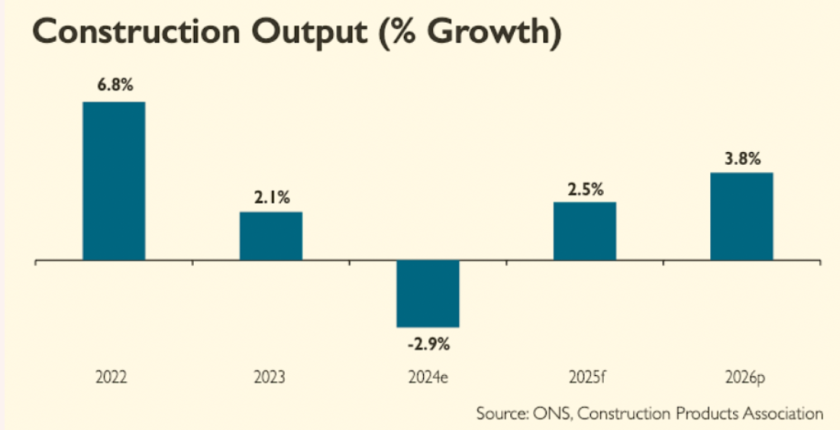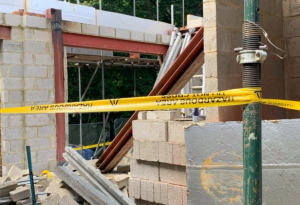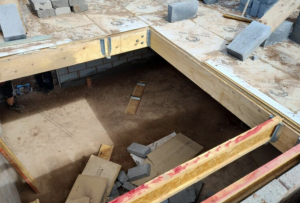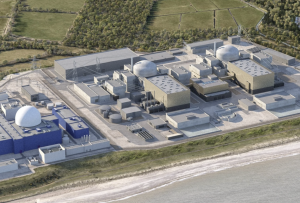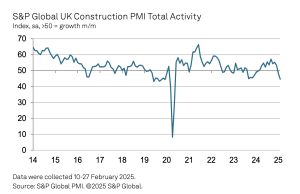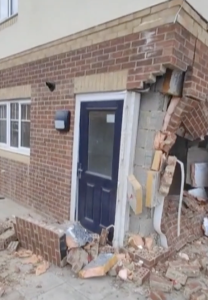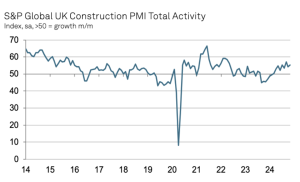Construction Industry Set for Rebound in 2025, Forecasters Predict
This post has already been read 822 times!
After a challenging 18 months, construction industry experts anticipate a turnaround next year. Economists at the Construction Products Association (CPA) are expressing cautious optimism, pointing to a brighter outlook for private housing and potential growth in infrastructure investment.
The CPA projects a 2.5% increase in overall construction output for 2025, with a further 3.8% rise in 2026, following a 2.9% decline this year. Declining interest and mortgage rates are expected to stimulate demand in the private housing market, setting the stage for a gradual recovery. Noble Francis, CPA Economics Director, noted, “The industry has faced significant downturns, especially in private housing new builds and repair, maintenance, and improvement sectors. However, we’re seeing early signs of renewed optimism.”
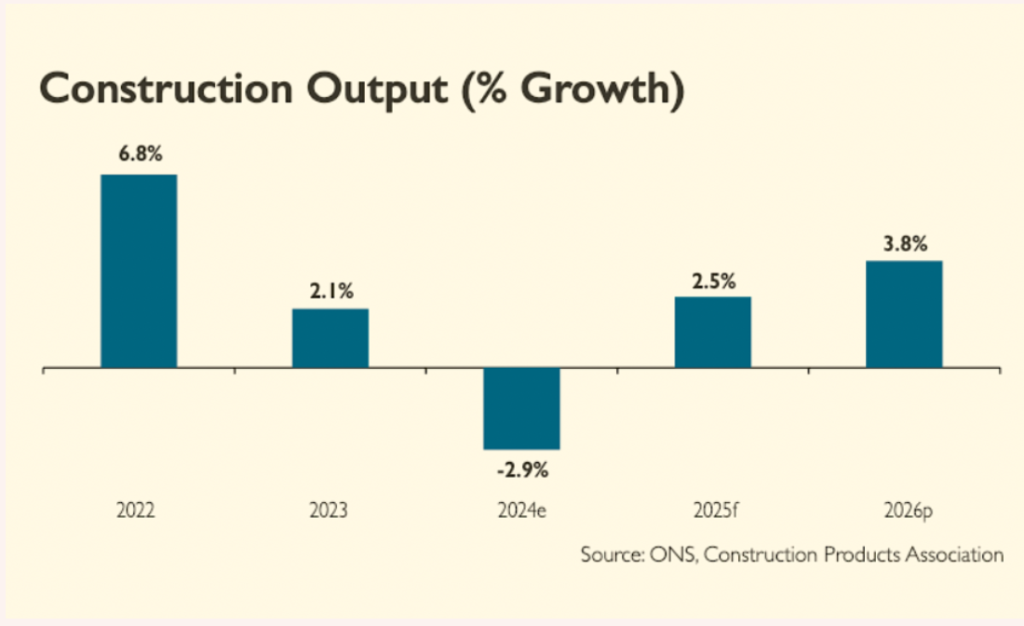
Broader economic growth, fueled by stable government policies, real wage gains, and lower interest rates, appears to be supporting both consumer and business investment. Francis highlighted the importance of the upcoming Autumn Budget, which will play a key role in sustaining this momentum. He added, “While there’s potential for even stronger growth if the new government prioritizes housebuilding and infrastructure, challenges remain. Over 10,000 construction firms have closed over the past two years, and companies like ISG have struggled under the weight of high costs, project delays, and skill shortages.”
However, ongoing concerns include potential cuts to government capital expenditure, which could lead to delays or cancellations of essential infrastructure projects to meet fiscal goals. This could temper growth in housing and repair, maintenance, and improvement (RMI) sectors.
Encouragingly, the government has signaled support for housebuilding by proposing updates to the National Planning Policy Framework to address planning bottlenecks—a critical supply constraint for smaller builders.
The Autumn Budget could also unlock critical investments in health, education, and infrastructure, with infrastructure output expected to grow by 1.6% in 2025 and 3.8% in 2026 after a slight decline of 0.4% this year. Increased investment in water infrastructure to tackle river pollution is expected to boost activity from 2026 onward, while the energy sector sees continued strength as wind farm projects ramp up again.
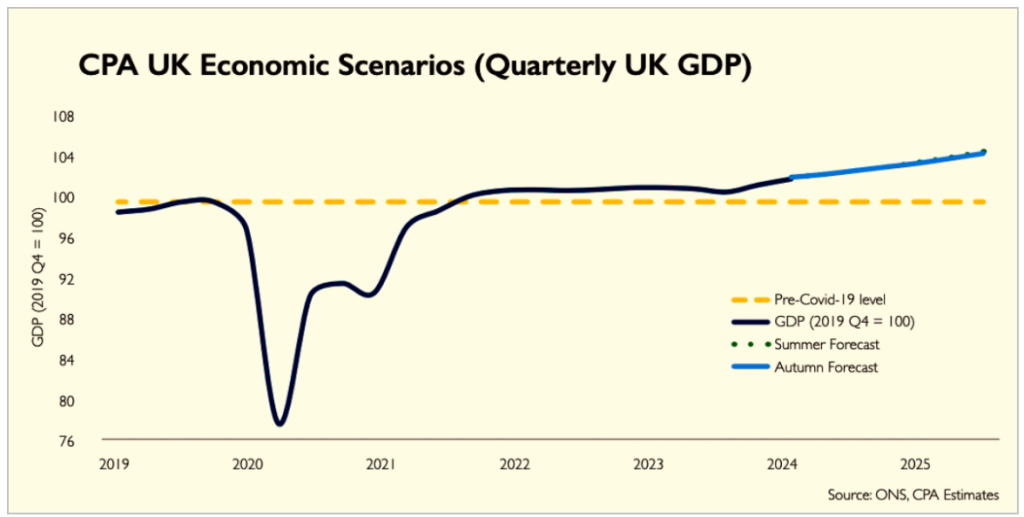
CPA Economics Director Noble Francis said: “Construction has suffered a very challenging period over the past two years, with sharp downturns in the two largest sectors, private housing new build and repair, maintenance and improvement.
“However, cautious optimism appears to be creeping back into the industry. Broader UK economic growth, helped by lower interest rates and sustained real wage growth, combined with a stable government, appears to be leading to improving consumer and business investment. However, the government’s Autumn Budget will be key to ensuring that this remains the case.
“There are significant upside risks to the forecasts if the new government can improve the delivery of house building and infrastructure.
“However, downside risks continue to prevail. The UK construction industry has lost over 10,000 firms in the last two years. ISG, the 6th largest construction firm, is the latest example, as high costs, project delays, and skills shortages on fixed-price contracts acutely affect the whole supply chain.
“In addition, concerns remain over whether the government will cut capital expenditure and pause, delay, review and cancel yet more investment in key infrastructure projects in the short-term to meet its fiscal rules. If so, falls in infrastructure activity could overshadow recovery in house building and rm&i.”

